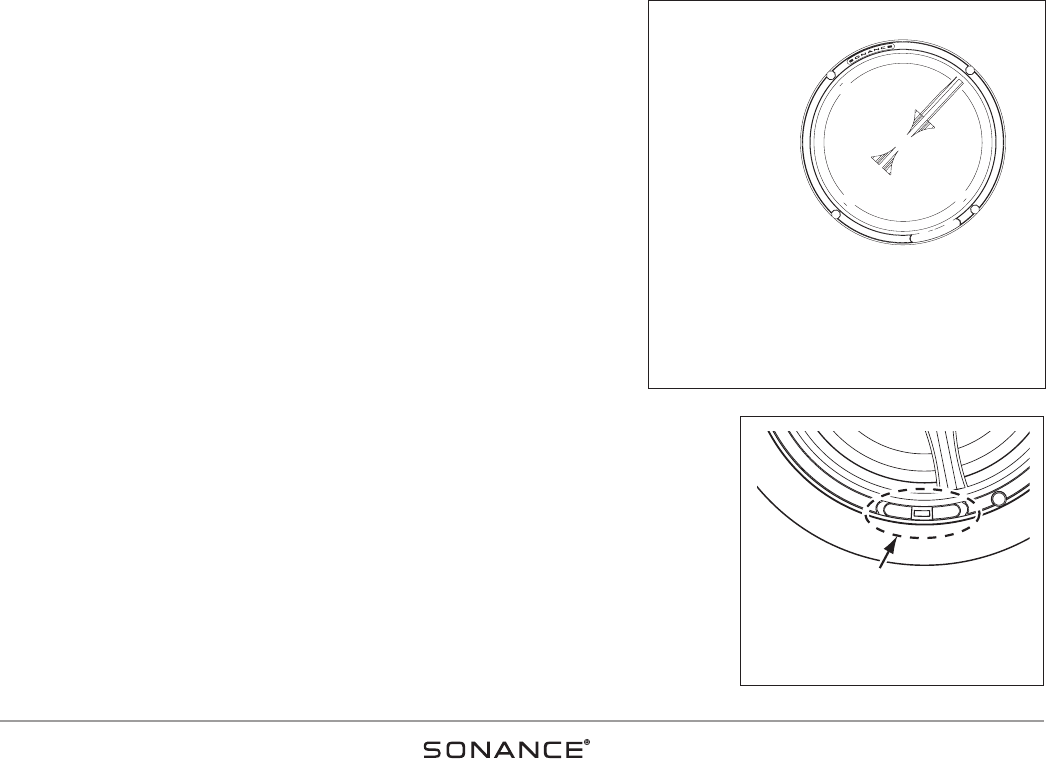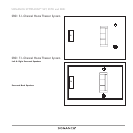
9
SONANCE SYMPHONY
®
SST, SSTR and SRS1
PAINTING THE SPEAKERS AND GRILLES
You can paint the speakers and grilles before installing them, which will eliminate the “paint scar” that can be left on the ceiling if the speaker ever needs
to be removed for service. You can also paint the speakers after installation, but before the grilles are attached. All Sonance Symphony speakers come from
the factory fitted with a plastic ‘paint plug’ that protects the speaker drivers while the mounting flange is being painted.
Sonance always suggests painting the grille separately from the speaker. Before painting, carefully remove the under-grille cloth. It is held in place with a
light tacking glue that makes it easy to remove.
Spray the grilles with thinned paint (5 parts thinner to 1 part paint), being careful not to plug the holes. Too heavy a coat of paint on the grille will
adversely affect the sound of the speaker.
Once the grilles and flange are painted and dry, replace the under-grille cloth, remove the paint plug from the mounting flange and install the grille.
SPEAKER ADJUSTMENTS
Pivoting Woofer
The Symphony S623
SSTR, S621SSTR and SRS1 models have a pivoting woofer assembly. These
pivoting drivers allow you to direct sound toward or away from the listening area,
depending on how the speakers are being used:
• Pivoting the woofer towards the listening position will maximize the speaker’s clarity and
definition.
• If you’re using the speakers as surround channel speakers in a home theater, you can
create a more diffuse, spacious surround effect by aiming the woofers towards a wall or
window, away from the listeners.
To pivot the woofer, apply pressure on the outer edge of the tweeter support bracket, as
shown in
Figure 8
. Do not touch or apply pressure to the woofer cone.
Tweeter Level Control
The S623SSTR has a tweeter level control switch (see
Figure 9
) that lets you boost or cut the tweeter’s level
by 3dB. This allows you to adjust the speaker’s brightness to better match your listening room or personal
taste.
Once you have installed the speaker listen to a variety of music that you are familiar with. If the music all
tends to sound too bright or dull, use the Tweeter Level Control to compensate . If some recordings sound dull
and some sound bright the speaker is accurately reproducing differences in the recordings, and you should
leave the control in the middle (0dB) position.
Figure 8:
Pivoting the Woofer
Tweeter
Level Control
Figure 9:
Tweeter Level Control


















